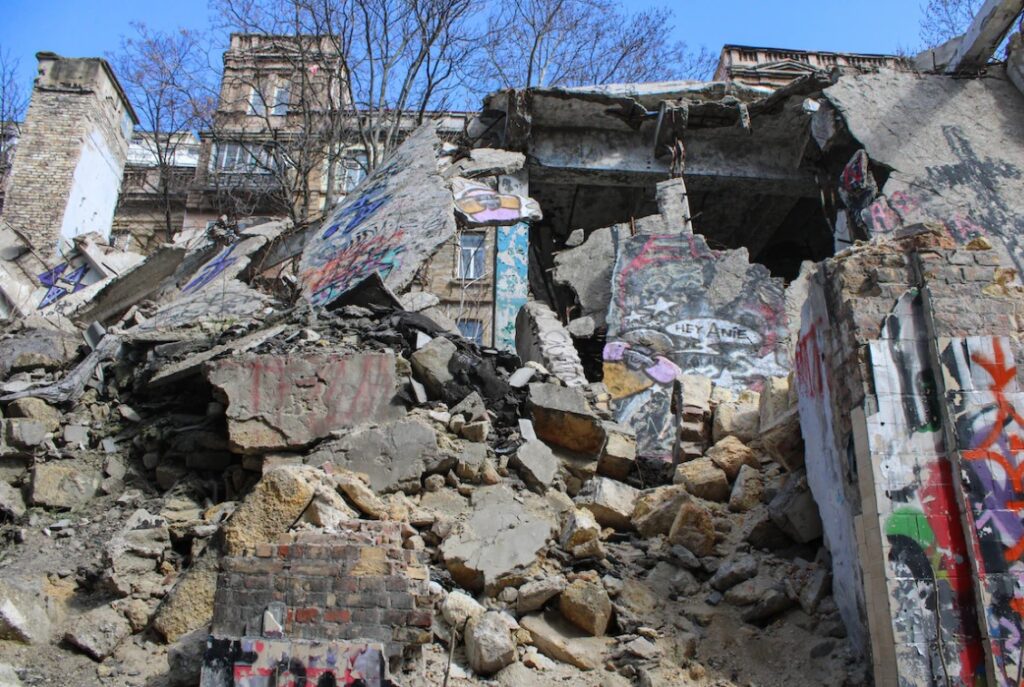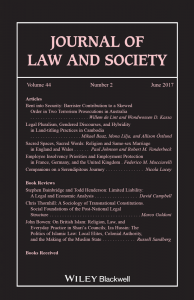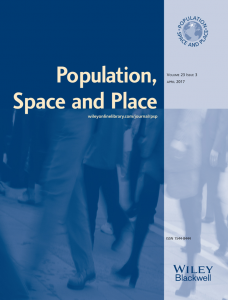Earthquakes in Turkey: reflections from past experience

On 6 February, at 04.17 in the morning, an earthquake of magnitude 7.7 on the Richter Scale hit eastern Turkey, caused by the rupture in the East Anatolian fault. Scientists have been warning about the seismic gap in Kahramanmaras province and the vicinity, and an earthquake in the area was expected sooner or later. The earthquake hit 10 provinces and affected approximately 16 million people. Nine hours later there was a second earthquake of magnitude 7.6. The scale of the damage was never anticipated and had not been prepared for. At the time of writing, practitioners and emergency responders in the field continue to report devastation and chaos.
There has been intense research related to earthquakes and their impact on different sectors. The August 1999 Marmara earthquake became a milestone for disaster risk management in Turkey. And now the February 2023 East Anatolia earthquake will reshape and recalibrate how Turkish disaster risk management mitigates and prepares for future disasters. This virtual issue of Disasters brings together key contributions from the journal on the science and politics of earthquake preparedness and response in Turkey. We have made them free to read in order to share the wealth of experience and knowledge from the Disasters archives.
Several articles reflect on the lessons of the 1999 earthquake. Writing on the post-earthquake response, Rita Jalali traces the role of NGOs and the private sector in supporting the needs of survivors, and the impact of that participation on state–civil society relations in the country. Through an extensive survey study, Ezgi Orhan looks at business preparedness and the contribution of private enterprises to disaster management, with a special focus on Adapazarı. In their contribution, W. Randolph Daley, Adam Karpati and Mani Sheik examine the process of needs assessment of the displaced population following the disaster, looking at issues around shelter, medical care, water and sanitation, food and access to information – all pressing challenges now. Psychosocial needs are addressed in Ebru Salcioglu, Metin Basoglu and Maria Livanou’s article, which looks at the prevalence of post-traumatic stress disorder and co-morbid depression in the aftermath of the disaster, and the importance of on-going mental health support for survivors.
Ozlem Ozcevik and colleagues examine the challenges of sustainable urban regeneration through a study of a pilot project in Zeytinburnu Municipality, Istanbul. The risks associated with unauthorised development and seismic hazard vulnerability in squatter areas of Istanbul are explored by Rebekah A. Green, while Betül Sengezer and Ercan Koç critically analyse the role of urban planning in mitigating disaster damage, and highlight the need to reorganise Turkey’s planning system to that end. B. Burcak Başbuğ-Erkan and Ozlem Yilmaz explore the successes and failures of compulsory risk mitigation through an analysis of the Turkish Catastrophe Insurance Pool, a public–private partnership designed to reduce economic losses from disasters. The collection concludes with a comparative study of post-disaster recovery in Japan, Turkey and Chile by Stephen Platt and Emily So. Through a case study approach and extensive interviews with earthquake specialists, disaster managers, urban planners and local authorities, the article explores the tension between the need for rapid reconstruction and the imperative to maximise opportunities for improvement and enhanced resilience to future shocks.
This editorial was first published on 9 February 2023 in the journal Disasters: Earthquakes in Turkey: reflections from past experience: Disasters (wiley.com)






